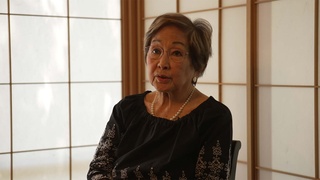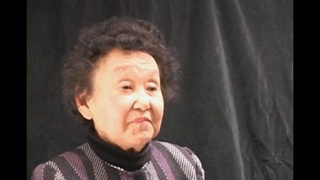Interviews
Helping youth in the community
Well…you know, one reason I look back and when you…you lose your father at 6 years old and you lose your mother when I was 12 and from that day on, I had to be dependent on my relative and uncle, whatever. And I had to learn how to get along. I had to. …taught me. Good thing my uncle – all of them were well to do and…but some uncle – pretty mean. But I was able to get along with all of them. And then I think it goes…I’m getting along with their kids or my cousin or whatever the case may be. It’s a good feeling that you want to keep all the family together, it had a warm feeling. It’s nice. If you like to do more to support them was my family and other people but I look forward to whenever they need help I sure like to do my part and to help them out. So this part…this volunteer work serving the youth in the community I think is…we do these things so that if we could see one kid not going into the gang or to guide him to the right direction, I think it a big plus.
Date: June 17, 2008
Location: California, US
Interviewer: Janice Tanaka
Contributed by: Watase Media Arts Center, Japanese American National Museum
Explore More Videos


Coming home to his mother after the war
(1919 - 2015) Nisei who served in World War II with the 442nd Regimental Combat Team

Marriage and Family
(1914–2015) Nisei YMCA and Japanese American community leader

His family Traveled to Japan in 1940
(b. 1938) Japanese American. Hiroshima atomic bomb survivor

Early Childhood
(1914–2015) Nisei YMCA and Japanese American community leader

Adoption Story
(b. 1939) a businesswoman whose family volunterily moved to Salt Lake City in Utah during the war.

Doing chores
An expert researcher and scholar on Japanese immigrant clothing.

Spending time with children
(b.1926) Democratic politician and three-term Governor of Hawai'i


Going back to Hawaii
An expert researcher and scholar on Japanese immigrant clothing.

Clothes of plantation workers
An expert researcher and scholar on Japanese immigrant clothing.

Brother leaves for war, survival
An expert researcher and scholar on Japanese immigrant clothing.

Food growing up
(b.1948) Nikkei from Southern California living in Japan.

Relationship with my father
(b. 1920) Incarcerated during World War II. Active member of the Japanese Canadian community

